Red Borneo Kratom is a unique strain of the Mitragyna speciosa tree, native to the island of Borneo. This tropical...

Kratom Tolerance and You: Tips for a Balanced Kratom Lifestyle
Kratom, a tropical evergreen tree native to Southeast Asia, has gained significant popularity in recent years due to its purported benefits, including pain relief, increased energy, and potential for managing opioid withdrawal symptoms. As an increasing number of individuals incorporate Kratom into their wellness routines, it's crucial to understand the concept of tolerance and its implications for responsible use. Failing to address tolerance can lead to diminished effects, increased dosages, and potential health risks.
What is Kratom Tolerance?
Kratom tolerance refers to the gradual reduction in the body's response to a specific dose of Kratom over time. As the body becomes more accustomed to the presence of the active compounds in Kratom, primarily mitragynine and 7-hydroxymitragynine, it requires a higher dose to achieve the desired effects. This phenomenon is similar to what occurs with other substances, such as caffeine or prescription medications.
When tolerance develops, the initial dose of Kratom that once provided relief, energy, or a specific experience may no longer produce the same effects. This can lead individuals to increase their dosage in an attempt to recapture the original sensations, potentially putting them at risk of adverse effects, dependence, or addiction.
Signs and Symptoms of Kratom Tolerance
Recognizing the signs and symptoms of Kratom tolerance is essential for maintaining a balanced and responsible relationship with this botanical. Common indicators include:
Physical Symptoms
-
Reduced effects from the same dosage
-
Needing to increase the dose to achieve desired results, such as pain relief or energy boost
-
Experiencing diminished benefits over time, even when increasing the dose
Psychological Symptoms
-
Cravings or preoccupation with Kratom use
-
Difficulties in controlling or reducing intake
-
Feelings of withdrawal, such as mood changes, restlessness, or physical discomfort, when attempting to stop or reduce use
Additionally, individuals who use Kratom to manage opioid withdrawal symptoms may find that its effectiveness in alleviating these symptoms decreases as tolerance develops. This can lead to a return of withdrawal symptoms or a need for higher doses, potentially increasing the risks associated with Kratom use.
Causes of Kratom Tolerance
Several factors contribute to the development of Kratom tolerance, including:
Dosage, Frequency, and Duration of Use
-
Higher doses and more frequent use can accelerate tolerance development.
-
Prolonged, consistent use over an extended period can also increase tolerance levels.
Individual Differences in Metabolism
-
Variations in metabolism and body chemistry can influence how quickly tolerance develops.
-
Factors such as age, weight, and genetics can play a role in an individual's susceptibility to tolerance.
Interactions with Other Substances
-
Combining Kratom with other substances, such as medications, alcohol, or other supplements, can impact tolerance levels and potentially increase risks.
-
These interactions can alter the way Kratom is metabolized and absorbed by the body, leading to changes in its effects and tolerance development.
Risks and Dangers of Kratom Tolerance
While Kratom itself is not currently considered an addictive substance by regulatory bodies, the development of tolerance can increase the risk of addiction and dependence. As individuals require higher doses to achieve the desired effects, they may become preoccupied with obtaining and using Kratom, leading to potential negative consequences in their personal and professional lives.
Furthermore, increased tolerance can heighten the risk of adverse effects and toxicity, as higher doses may be consumed to overcome tolerance. Potential adverse effects associated with excessive Kratom use include nausea, constipation, liver toxicity, and respiratory depression. Additionally, managing withdrawal symptoms can become more challenging as tolerance levels rise, potentially leading to more severe withdrawal experiences.
Kratom Potentiation Techniques
Kratom potentiation refers to the practice of using certain substances or methods to enhance the effects of Kratom, potentially allowing for lower doses and reducing tolerance development. Common potentiation methods include:
-
Grapefruit juice consumption: Grapefruit juice contains compounds that can inhibit enzymes responsible for metabolizing Kratom, potentially increasing its bioavailability and effects.
-
Turmeric or black pepper supplementation: These natural compounds contain curcumin and piperine, respectively, which may enhance the absorption and bioavailability of Kratom's active compounds.
-
Metabolic enzyme inhibitors: Certain pharmaceutical drugs or supplements can inhibit the enzymes responsible for breaking down Kratom, potentially increasing its potency and duration of effects.
However, it's essential to note that potentiation techniques may carry their own risks and should be approached with caution and proper research. Consulting with a healthcare professional is recommended before attempting any potentiation methods, especially if you have underlying health conditions or are taking medications.
Preventing and Managing Kratom Tolerance
To prevent or manage Kratom tolerance, several strategies can be employed:
Strategies for Responsible Use
-
Rotate between different Kratom strains to avoid consistent exposure to the same compounds. Different strains can produce varying effects, reducing the likelihood of tolerance development.
-
Take regular breaks or "Kratom holidays" to allow your body to reset its tolerance levels. This can involve abstaining from Kratom use for a period of time, typically a week or more.
-
Monitor your dosage and frequency of use, and avoid excessive consumption. Keeping a log or journal can help you track your Kratom intake and identify patterns that may contribute to tolerance.
Tips for Reducing Tolerance
-
Gradually taper your dosage over time to reduce dependence and tolerance. Slowly decreasing your dose can help your body adjust to lower levels without experiencing severe withdrawal symptoms.
-
Incorporate lifestyle changes, such as exercise and a balanced diet, which may enhance Kratom's effects and reduce the need for higher doses.
-
If tolerance persists or becomes problematic, consider seeking professional help to develop a structured plan for managing or discontinuing Kratom use. Healthcare professionals can provide guidance and support, ensuring your safety and well-being.
Seeking Help for Kratom Addiction
While Kratom is not currently classified as an addictive substance, some individuals may develop patterns of compulsive use or experience difficulty controlling their intake. Signs of potential Kratom addiction include:
-
Inability to control or reduce Kratom use despite a desire to do so
-
Prioritizing Kratom use over other important responsibilities or activities, such as work, relationships, or personal hygiene
-
Experiencing withdrawal symptoms, such as mood changes, restlessness, or physical discomfort, when attempting to stop or reduce use
-
Continuing to use Kratom despite negative consequences on physical or mental health, personal relationships, or financial situations
If you or someone you know is struggling with Kratom addiction, it's essential to seek professional support. Treatment options may include counseling, cognitive-behavioral therapy, and detox programs tailored to your specific needs. Support groups and online communities can also provide valuable resources and a sense of community for those exploring the challenges of Kratom addiction.
The Bottom Line
Kratom tolerance is a natural phenomenon that can occur with regular use, but understanding its causes, symptoms, and potential risks is crucial for maintaining a balanced and responsible Kratom lifestyle. Implementing strategies such as strain rotation, taking breaks, and monitoring dosage, individuals can help prevent or manage tolerance development, ensuring they continue to experience the desired effects of Kratom.
However, if tolerance persists or becomes problematic, seeking professional help is recommended. Prioritizing safety and seeking support when needed can ensure a positive and sustainable relationship with Kratom, minimizing the risks of adverse effects, dependence, and addiction.
Remember, Kratom should be approached with caution and respect, and it's essential to prioritize your well-being above all else. With knowledge, responsible use, and a willingness to seek help when needed, individuals can explore the challenges of Kratom tolerance and maintain a balanced lifestyle. At Speakeasy Kratom, we encourage responsible Kratom consumption and we provide premium quality natural Kratom without any fillers. Visit Speakeasy Kratom today to get yourself high-quality Kratom.








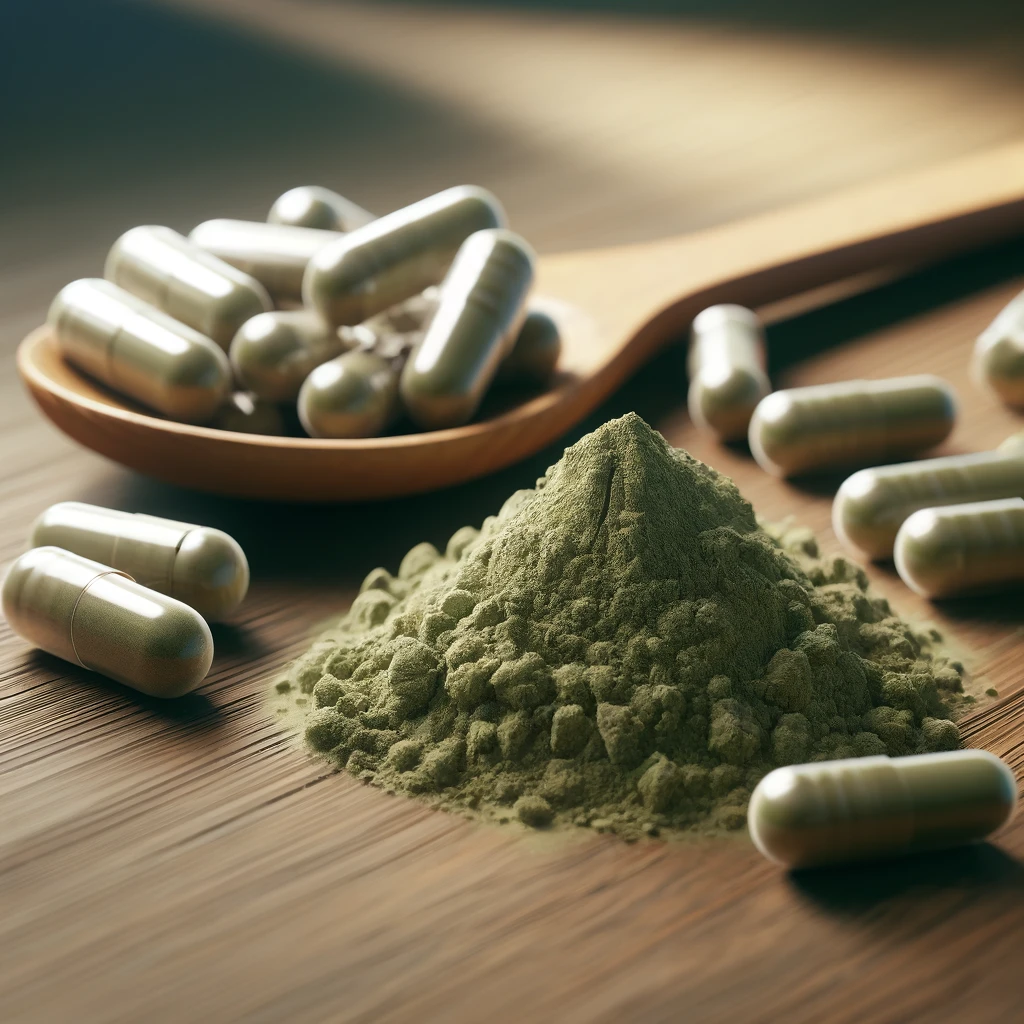


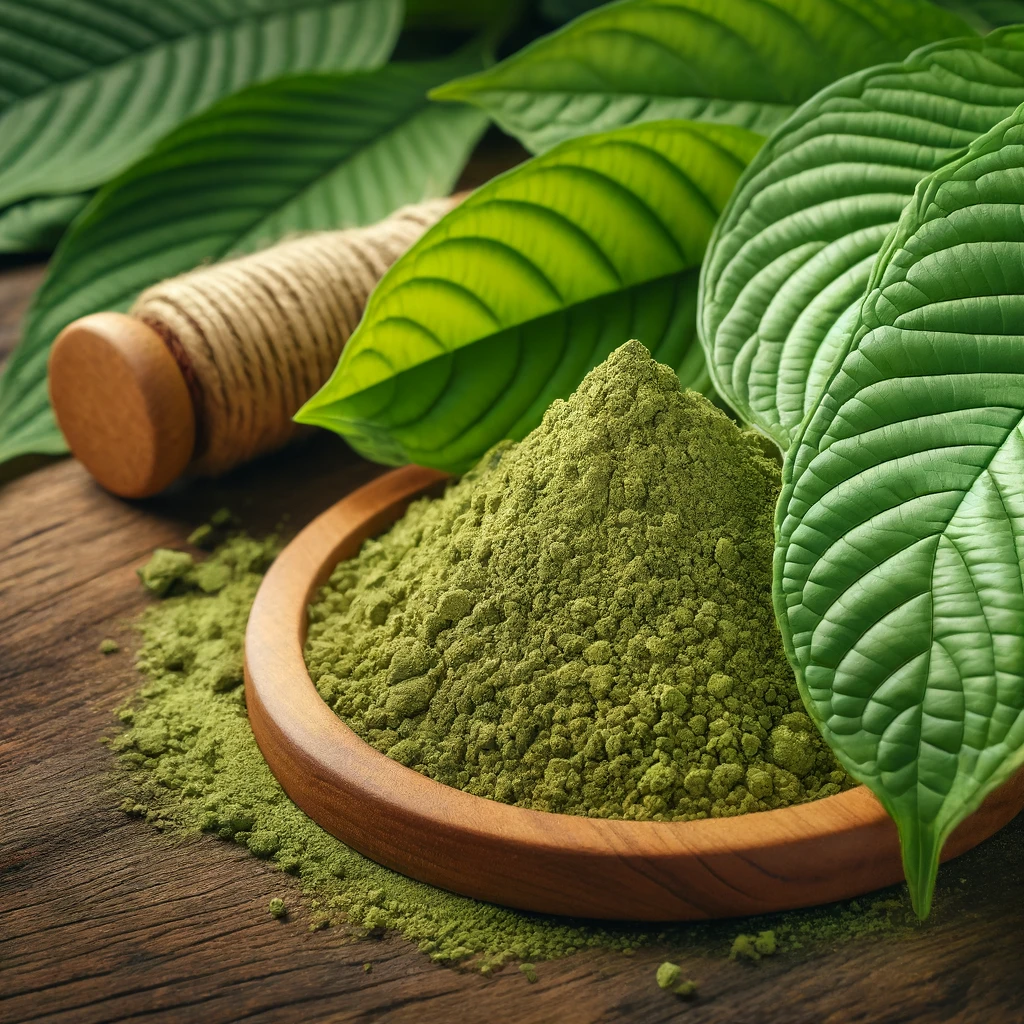
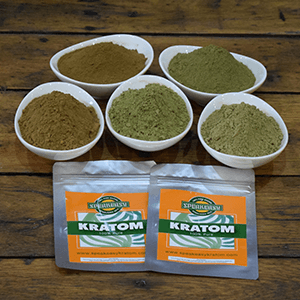

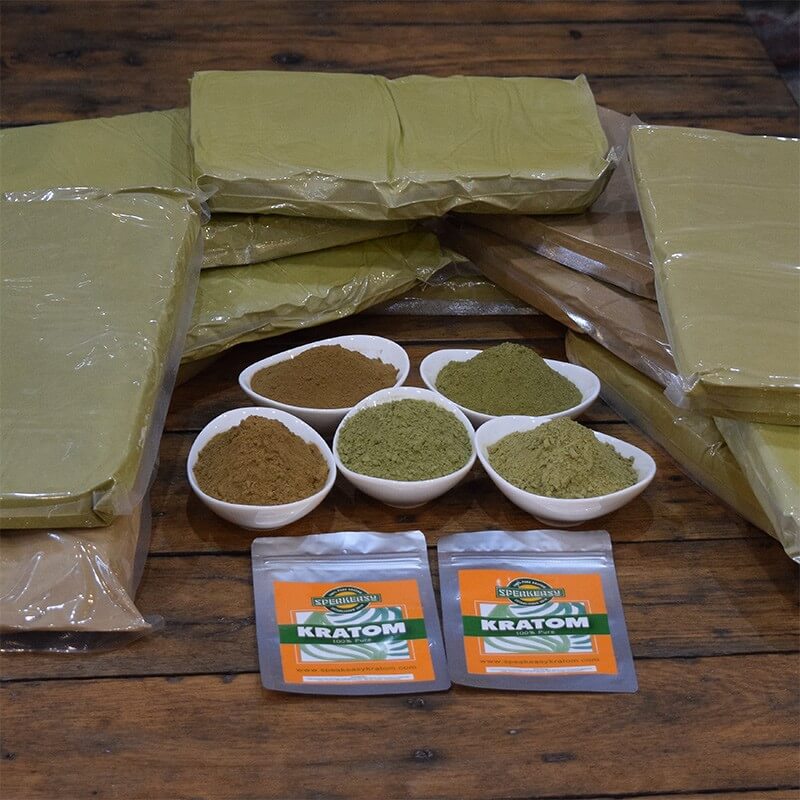
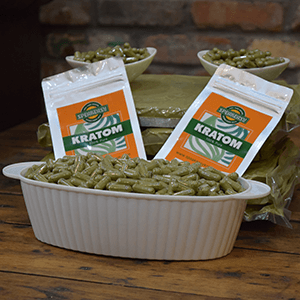

Leave a comment